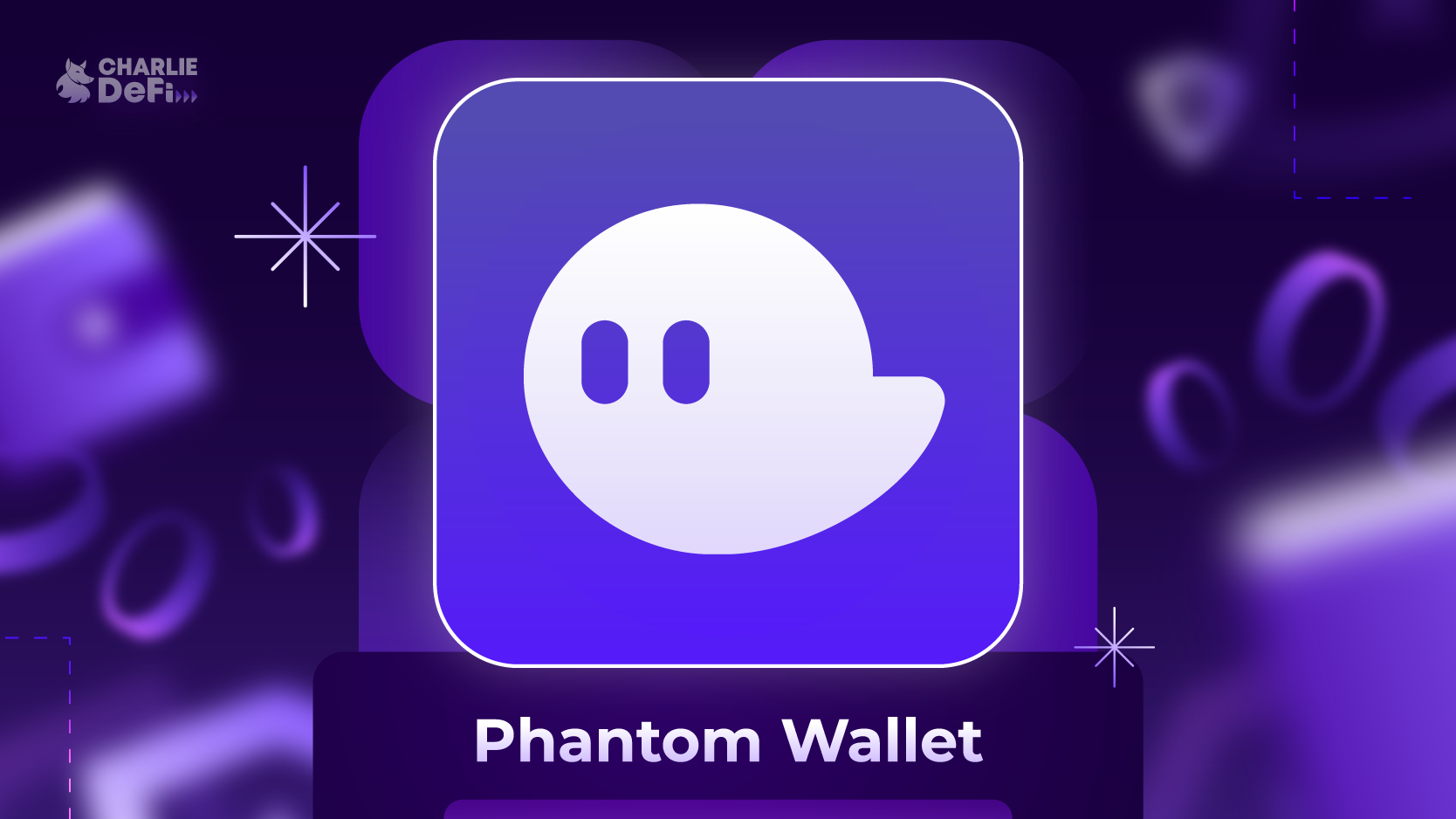Okay, so check this out—NFTs have exploded everywhere, right? But something about NFTs on Solana caught my eye early on. It’s not just the speed or the low fees (though those are killer). There’s this vibe, a kind of streamlined, almost slick feel to the whole experience that’s hard to pin down. At first, I thought it was hype — you know, blockchain buzzwords flying around — but then I actually started digging into the ecosystem, and wow, it’s a different beast.
Really? Yeah, I mean, NFTs on Ethereum are cool, but the gas fees sometimes make you want to pull your hair out. Solana’s approach? It’s like cruising on an open highway instead of crawling through rush hour. And that’s where wallets like Phantom come in. They’re not just tools; they’re gateways that make interacting with Solana’s NFT scene feel natural and surprisingly friendly.
My instinct said that if you want to get serious about Solana NFTs, you gotta get comfortable with Phantom wallet. It’s lightweight, intuitive, and most importantly, built with the ecosystem in mind. Initially, I was skeptical—wallets can be clunky—but Phantom felt different from the get-go. Actually, wait—let me rephrase that—it felt like a breath of fresh air in a crowded space of overcomplicated crypto apps.
Here’s the thing. Phantom doesn’t just store your keys; it connects you seamlessly to Solana dapps. That means you’re not fumbling between apps or wallets. It’s like having your NFT gallery, marketplace, and DeFi tools all in one place, which, frankly, is very very important when you want to stay on top of fast-moving projects.
Whoa! I didn’t expect to get so hooked, but once I started using Phantom, I realized why the Solana NFT space feels so alive. It’s not just the tech—it’s the UX and the community vibes. And if you want to dive in yourself, you’ll want to check out the phantom wallet official site to get started without any sketchy downloads.

Why Solana’s NFT Scene Feels So Different
On one hand, everyone loves the idea of NFTs, but on the other, many complain about the practical headaches—slow transactions, huge fees, confusing interfaces. Solana flips that script. It’s faster, cheaper, and honestly, feels more like a decentralized app platform built for real users, not just coders. That’s a big deal.
But here’s a caveat: the ecosystem is still evolving, so sometimes you hit small bumps—like a dapp that’s still ironing out bugs or an NFT minting site that’s a little too barebones. Still, the overall pace and fluidity make those hiccups feel less painful than on Ethereum. It’s a tradeoff I’m okay with, though I’m not 100% sure how things will scale long-term.
What bugs me a bit, though, is how quickly the space moves. If you blink, you might miss a limited drop or a new dapp launch. Phantom helps here by making notifications and wallet management easier, but you gotta stay on your toes. (Oh, and by the way, some projects have wild hype cycles that can feel overwhelming.)
Interestingly, Phantom’s design nudges you toward exploring Solana’s dapps organically. You’re not just holding tokens; you’re interacting. For example, you can stake, trade, or swap directly through the wallet, which cuts down on switching apps or juggling accounts. The wallet feels like your personal bridge to the entire Solana universe, which is pretty neat.
Hmm… I remember my first time minting an NFT on Solana. The whole process took less than a minute, and I barely felt the cost hit my balance. Contrast that with Ethereum, where waiting and gas fees can seriously kill your vibe. This immediacy makes Solana a playground for artists and collectors who want to move fast and experiment.
Phantom Wallet: More Than Just a Storage Tool
Phantom isn’t just a wallet; it’s an experience. At first, I thought, “Okay, it’s probably just another browser extension,” but then I realized it’s way more integrated. It supports Solana-native tokens, NFTs, and even lets you interact with decentralized exchanges and yield farms without leaving the app. That’s something I didn’t expect from a wallet.
The wallet’s user interface is slick but not flashy. It’s clear, easy to navigate, and, frankly, kind of fun to use. You can quickly check your portfolio, send tokens, or approve a transaction in a few clicks. This ease lowers the barrier for newcomers, which is crucial given how intimidating crypto can feel at first.
On top of that, Phantom includes a built-in swap feature that’s lightning fast. No need to hop over to a separate dapp just to trade tokens. This might sound minor, but it changes how you interact with the ecosystem daily. The wallet becomes your command center.
Still, I gotta admit, there are moments when the wallet’s simplicity feels a bit limiting if you’re a power user. For example, advanced customization or multi-wallet management isn’t as robust as some desktop wallets. But if you ask me, that’s a fair trade for the wallet’s accessibility and security.
What I really appreciate is Phantom’s commitment to security without sacrificing usability. They’ve nailed that balance, which is tough in crypto. Plus, since you can get it from the phantom wallet official site, you avoid the nightmare of fake wallet scams that are all too common these days.
Solana Dapps and NFTs: The Ecosystem That Keeps Growing
Solana’s dapps are evolving fast, and Phantom acts like the glue binding them all. From NFT marketplaces to DeFi protocols, the wallet’s compatibility is broad, making it easier to hop from one project to another without reconfiguring or losing access. This fluidity is a huge deal for users who want to explore without friction.
One surprising thing I noticed is how community-driven many projects on Solana are. The ecosystem encourages collaboration and sharing, which contrasts with the often cutthroat environment on other chains. Phantom supports this vibe by integrating social features and simplifying the user onboarding process.
However, it’s not all sunshine. Some dapps can be buggy or lack polish, and if you’re not careful, you might get caught in a scam or rug pull. Phantom helps by providing warnings and encouraging users to verify contracts, but it’s still a wild west out there in many ways.
Something felt off about some NFT projects promising massive gains—turns out, hype can inflate prices quickly on Solana too. So while the tech is solid, user discretion remains key. Phantom doesn’t shield you from market risk, but it does offer tools to manage your assets smartly.
Still, the rapid innovation in Solana dapps combined with Phantom’s ease of use makes me optimistic. The ecosystem is growing in ways that might surprise even seasoned crypto folks. And if you want to peek behind the curtain, the phantom wallet official site is a great place to start.
Frequently Asked Questions
Is Phantom wallet safe for storing NFTs?
Yes, Phantom prioritizes security with encrypted private keys stored locally on your device. While no wallet is 100% risk-free, Phantom’s reputation and continuous updates make it a reliable choice for managing NFTs and tokens on Solana.
Can I use Phantom to interact with all Solana dapps?
Phantom supports the vast majority of Solana dapps, especially popular NFT marketplaces and DeFi platforms. Some niche or very new dapps might require additional steps, but generally, Phantom offers seamless integration.
How does Phantom compare to Ethereum wallets for NFTs?
Phantom is generally faster and cheaper due to Solana’s lower fees and faster transaction speeds. While Ethereum wallets have broader NFT options, Phantom offers a smoother experience for users focused on Solana’s rapidly growing NFT ecosystem.

